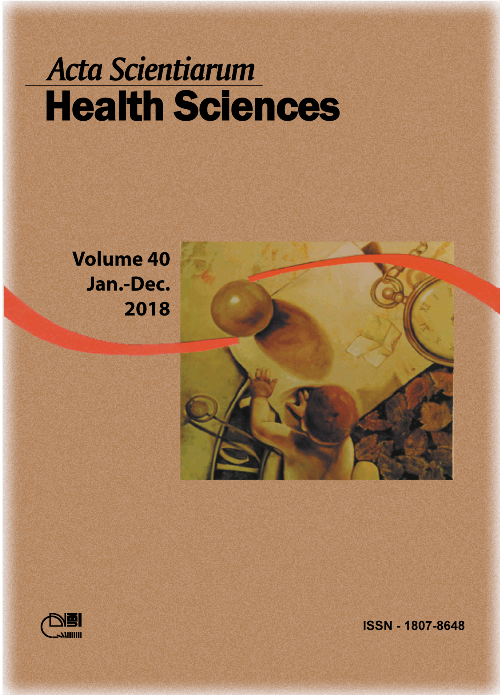<b>Evaluation of the Probiotic Profile of the <i>Lactobacillus Acidophilus</i> Used in Pharmaceutical and Food Applications
Abstract
Lactobacillus acidophilus used in three different applications, compounding pharmacies (LA1), fermented dairy (LA2), and allopathic compoundings (LA3) were tested to evaluate the existence of significant differences between them and in different growth conditions. In the evaluation of resistance to different commercial use antibiotics, all strains were sensitive to the antibiotics ampicillin, chloramphenicol, doxycycline, and tetracycline. LA1 was considered moderately sensitive (MS) to erythromycin and LA3 was MS to clindamycin and erythromycin. LA3 was classified between MS to resistant to erythromycin. All three strains were resistant to gentamicin. When evaluating acid pH resistance, the three origins presented similar behavior, with a decrease in cell viability at pH 2, maintaining constant viability at pH 3 and 4. In the test of resistance to the gastrointestinal tract conditions and hydrophobicity, LA2 presented better results. The three strains showed production of inhibitory compounds against pathogenic bacteria and deconjugated tauroconjugated bile salts (TDCA). It was concluded that, depending on the origin, Lactobacillus acidophilus may present different behaviors that will determine its growth and, consequently, its action in vivo. Due to the practicality of access, economy, and the satisfactory results in the tests performed, LA2 can be considered the strain of choice among those studied.
Downloads
DECLARATION OF ORIGINALITY AND COPYRIGHTS
I Declare that current article is original and has not been submitted for publication, in part or in whole, to any other national or international journal.
The copyrights belong exclusively to the authors. Published content is licensed under Creative Commons Attribution 4.0 (CC BY 4.0) guidelines, which allows sharing (copy and distribution of the material in any medium or format) and adaptation (remix, transform, and build upon the material) for any purpose, even commercially, under the terms of attribution.
Read this link for further information on how to use CC BY 4.0 properly.























5.png)







